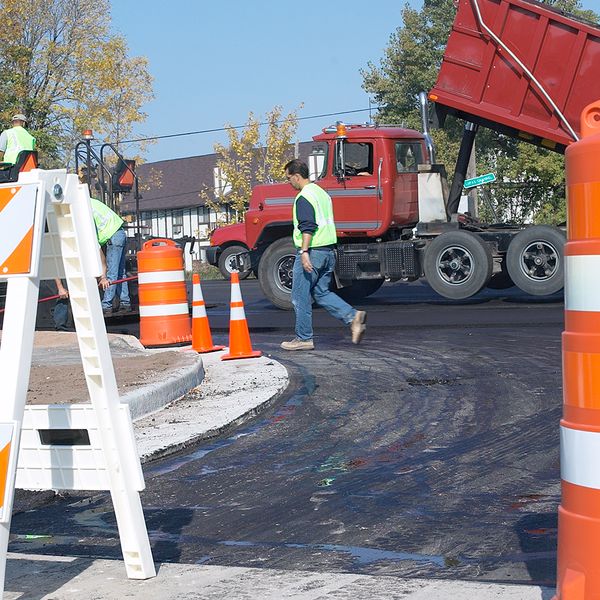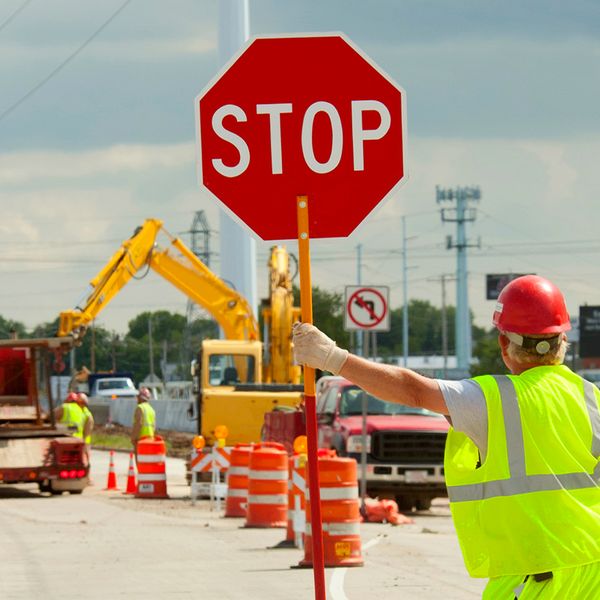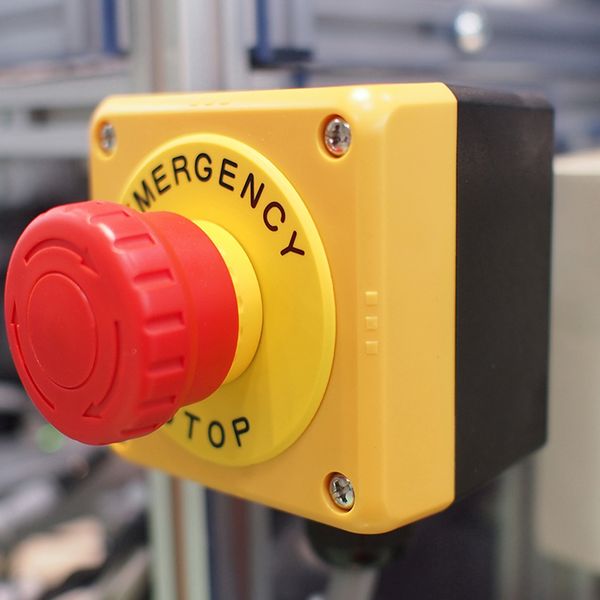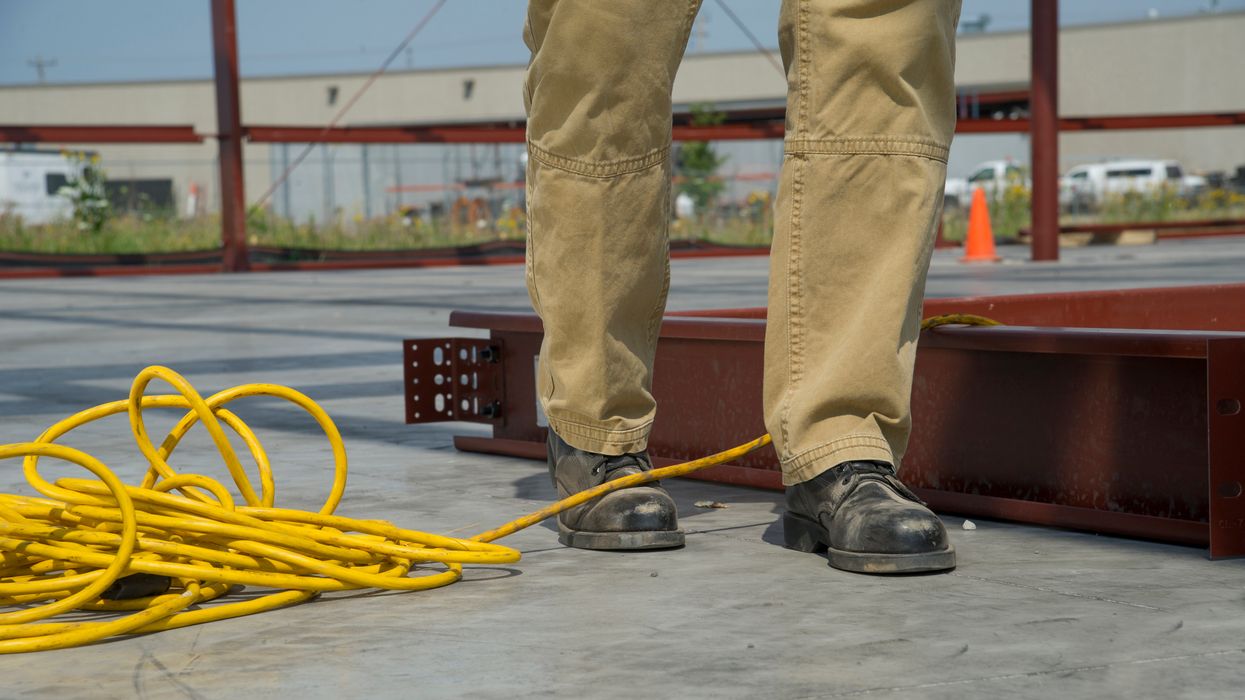Safety vests: MUTCD overhaul rule shakes up mandates
The Federal Highway Administration (FHWA) finalized sweeping revisions for the 11th edition of the Manual on Uniform Traffic Control Devices for Streets and Highways (MUTCD). Last updated in 2009, the MUTCD is the national standard for traffic signs, signals, and markings, including work zones. Changes took effect January 18.
Section 6C.05 (previously Section 6E.02), is entitled, “High-Visibility Safety Apparel.” It’s noteworthy that FHWA revises that section to replace the reference to the 2004 edition of ANSI/ISEA 107, American National Standard for High-Visibility Safety Apparel and Headwear,” with the 2015 edition.
What about OSHA?
OSHA work zone mandates are short on text, but they're found in 29 CFR 1926 Subpart G, Signs, Signals, and Barricades. The OSHA regulations specifically say:
- 1926.200(g) Traffic control signs and devices. (1) At points of hazard, construction areas shall be posted with legible traffic control signs and protected by traffic control devices. (2) The design and use of all traffic control devices, including signs, signals, markings, barricades, and other devices, for protection of construction workers shall conform to Part 6 of the MUTCD (incorporated by reference, see § 1926.6).
- 1926.201(a) Flaggers. Signaling by flaggers and the use of flaggers, including warning garments worn by flaggers, shall conform to Part 6 of the MUTCD (incorporated by reference, see § 1926.6).
How do OSHA and FHWA relate?
OSHA’s mission is to protect workers. FHWA, an arm of the DOT, aims to protect motorists/pedestrians. Yet, FHWA also provides protection for road workers under:
- 23 CFR 630, Subpart J, Work Zone Safety and Mobility;
- 23 CFR 630 Subpart K, Temporary Traffic Control Devices; and
- 23 CFR 655, Subpart F, Traffic Control Devices on Federal-Aid and Other Streets and Highways.
Both OSHA and DOT refer to the MUTCD for traffic control of work zones. However, the two agencies refer to different editions of the manual:
- FHWA 23 CFR 630 and 655 refer to the MUTCD, December 2023 edition; and
- OSHA 1926.200 and .201 refer only to Part 6 of the MUTCD, December 2009 edition (including Revisions 1 and 2, May 2012).
High-visibility safety apparel and FHWA
FHWA and Section 6C.05 of the 2023 MUTCD require all workers to wear high-visibility safety apparel if they are in the right-of-way and within a “temporary traffic control” (TTC) zone. This includes flaggers and emergency responders, night or day. The apparel must meet Performance Class 2 or 3 requirements of ANSI/ISEA 107-2015. The only exception is for emergency/incident responders and law enforcement in the TTC zone. In those cases, they may wear apparel that meets ANSI/ISEA 207-2006, American National Standard for High-Visibility Public Safety Vests.
In all cases, the apparel background material color must be fluorescent orange-red, fluorescent yellow-green, or a combination of the two. The retroreflective material must be orange, yellow, white, silver, yellow-green, or a fluorescent version of these colors.
High-visibility safety apparel and OSHA
OSHA still adheres to the 2009 MUTCD as revised in 2012. Section 6E.01 requires flaggers to wear high-visibility safety apparel that meets Performance Class 2 or 3 requirements of ANSI/ISEA 107-2004.
The OSHA-adopted MUTCD calls for the apparel background material color to be fluorescent orange-red, fluorescent yellow-green, or a combination of the two. The retroreflective material must be visible from at least 1,000 feet and be orange, yellow, white, silver, yellow-green, or a fluorescent version of these colors. Moreover, the apparel must clearly identify the wearer as a person.
OSHA’s de minimis policy
When both FHWA and OSHA regulations apply, which MUTCD and ANSI standard do you follow? The answer may be found in a May 11, 2004, OSHA letter of interpretation. The letter explains, “Under OSHA's de minimis policy, compliance with more current DOT requirements, or with more current ANSI or other applicable nationally recognized consensus standards, is acceptable, so long as such standards are at least as protective as the OSHA requirement.”
Under OSHA's de minimis policy, the violations have no direct or immediate relationship to safety or health, so they are considered de minimis. De minimis violations of standards exist when you comply with the clear intent of the standard but deviate from its particular requirements, and there’s no direct or immediate impact on the safety and health of workers. OSHA says it does not impose penalties or require correction of de minimis violations.
The letter adds that high-visibility apparel is required not only under 29 CFR 1926 Subpart G but also Section 5(a)(1) of the OSH Act (General Duty Clause) to protect employees exposed to traffic hazards while working in road construction work zones.
Key to remember
FHWA revised the MUTCD, including high-visibility apparel requirements. OSHA’s regulations have not changed, but where FHWA and OSHA both apply, employers may turn to OSHA’s de minimis policy.




















































